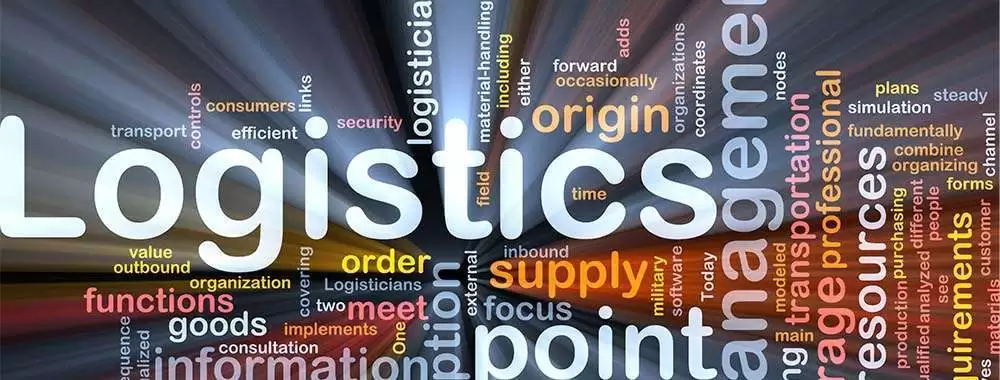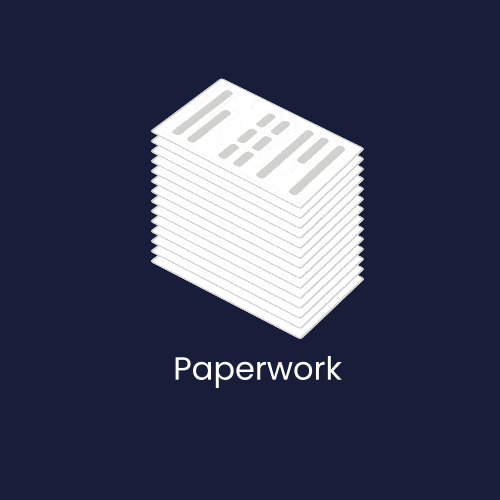
The logistics industry is facing more intense challenges and obstacles than ever before. Prior to the pandemic, next day delivery was considered a convenience – something nice to have but not a requirement. Now, customer expectations have shifted and next day delivery is deemed a necessity. Layered on top are many additional pressures that are squeezing delivery and transportation organizations. But, all is not lost – there are technology solutions that can help.
Here Are Five Ways Technology Can Address Common Delivery Management Challenges
1. Geolocation Enables Precision Drop Offs
Increasingly, individuals and businesses are demanding precision drop off. It’s not enough for a package to be delivered at the right address, but it must be left at a specific spot such as a side door or designated drop box. For drivers, this can create stress and confusion, adding valuable time to their runs and negatively impacting their job satisfaction.
Geolocation technology through mobile phone apps enables dispatchers to provide drivers with precise information including hours for delivery, addresses, specific locations at the address, codes to enter into secure drop boxes, and more. Additionally, learning based technology allows drivers to automatically correct addresses and delivery instructions as they go to help improve precision and speed of future deliveries. For customers, real-time visibility allows them to receive proactive notifications and accurate delivery information so there’s complete transparency around their shipment.
2. Automation Ensures Compliance
The pandemic has led to a rise in medical-related deliveries such as pharmaceuticals and vaccinations. Similar to food transportation, these are often subjected to regulations to ensure there’s compliance and safety throughout the journey. An added challenge is social distancing, which has resulted in an increased demand for contactless delivery. Often, a physical person does not sign-off on packages making it hard to prove they arrived.
An automated chain of custody process is a scan-based performance tracking system that follows merchandise throughout its journey – from a distribution center to the transportation vehicle to the customer’s location. With this technology, it’s possible to pinpoint individual boxes, monitor the temperature of goods, track quality assurance protocols and confirm proof of delivery. This automatic monitoring is not only helpful for healthcare and food deliveries, but also for tracking big-ticket items found in other industries such as automotive and technology.
3. Dynamic Routing Addresses Volatile Gas Prices
According to the American Trucking Association (ATA), more than 72.5% of all freight in the U.S. is transported by truck, which means rising diesel prices impacts everyone. There’s only so much of this cost that transportation companies can expect their customers to absorb. This translates into a negative impact on profitability, especially for smaller companies and independent drivers. In this environment, it’s more urgent than ever to utilize assets better to maximize deliveries and lower fuel consumption.
Unfortunately, many in the logistics industry still use route optimization technologies that are static and don’t provide dispatchers and drivers with the ability to make quick decisions that respond to unexpected events. These technologies have been in use for decades but fall short in addressing the needs of today.
Real-time dynamic routing provides instant visibility into the entire transportation process, allowing dispatchers and drivers to optimize delivery routes and avoid traffic – ultimately saving fuel. It’s also critical for electric vehicles which have limitations due to battery capacity and availability of charging stations. Route optimization technology can create transportation plans that account for the distance an electric vehicle can travel and the location of charging stations along the route.
4. Supply Chain Optimization Tackles Driver Shortage
The ATA also found that the national truck driver shortage is at a historic high of over 80,000 drivers in 2021 and predicts that it’ll climb to over 160,000 by 2030. One of the impacts of the shortage is that there’s a great deal of churn in the industry because drivers can job hop to other trucking companies for increased pay and benefits.
While there are creative ways to address these challenges such as taking advantage of backhaul opportunities and crowdsourced deliveries, transportation companies of all sizes can benefit from supply chain optimization and digitization technology. These technologies allow carriers and shippers to plan their routes to improve coverage, while also providing several benefits for drivers that lead to better recruitment and retention. This is especially relevant for organization’s that can’t compete on pay but can appeal to drivers with fair route plans that are balanced to suit their working hours and home location. These technologies also improve the driver experience by making them safer with real-time assessments of road, traffic, weather and other conditions.
5. Data Transforms the Delivery Management Process
The transportation industry has lagged when it comes to digitization and using data. Many sectors that rely on them, such as retail, healthcare and technology, are much further ahead. But, companies are starting to realize the overarching benefits of digitizing the delivery management process. Not only does collecting and leveraging data help automate current processes but it allows them to harness Machine Learning (ML) for predictive analysis. Some of the delivery management challenges that data analytics and ML can address include:
- Analyzing how long it takes a driver to deliver at each business location by looking at a number of variables including hour of the day, day of the week, time of the year, weather, road conditions and more. Over time, ML will allow routes to be automatically created based on past patterns.
- Processing dispatcher route changes and the different variables influencing these decisions. Ultimately, through ML the system can automatically replicate the dispatcher’s decisions and assign accurate vehicles and drivers without human intervention.
- Monitoring driver performance and identifying patterns that identify inefficiencies or safety concerns so dispatchers can address them. Conversely, it can help identify driver best practice that can be shared throughout the organization.
- Using predictive analytics also allows transportation companies to track product demand so they are prepared for surges or shortages of inventory.
Moving forward, transportation companies that will see the most growth are those that harness technology to improve asset utilization, automate processes, increase visibility and deliver value to their customers. If you want to learn how nuVizz solutions can help your company on its digital transformation journey, please contact us.

